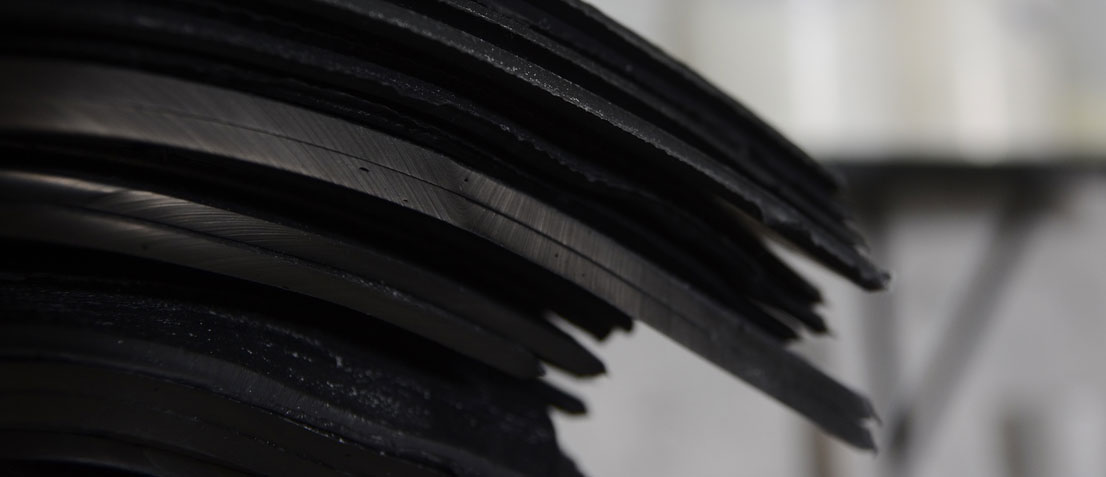It is important to know the different variations and measures applicable when selecting a rubber-made product. Commercial applications generally need an elastomeric product with very specific properties which are suitable for particular tasks. One of such variants is solid rubber, highly required for applications with high levels of abrasion and stress. Hard rubber sheets can be used for many applications due to the properties of the materials they are derived from.
Properties of solid rubber
Hardness: perhaps the most important measure for elastomeric products is hardness, i.e. resistance of a material against impact. For this measurement, the Shore hardness scale is used, ranging from 0 to 100. A material which scores high in the scale would be difficult to compress, as it is the case of hard rubber sheets. A firm elastomer not only will be able to absorb impact, but also will be resistant to fracture and elasticity; because the harder the material is, the less elastic it will be. Also, hardness can refer to how difficult it would be to cut it.
Density: in general, when a material is more rigid, it is likely to have higher density. Dense laminated rubber will be able to resist abrasion, breaking and other tensions more successfully than softer or less dense elastomers. Commonly, this will mean that the material is longer-lasting and can therefore be used for higher-stress applications.
Resilience: it is a technical term used to denote physical properties of objects like rubber, which have a great ability to stretch and contract, and then return to its original shape. A harder material can bend without breaking and can recover quickly from physical displacement.
Force distribution: soft rubbers tend to absorb and equally disperse impacts, whereas solid rubber is much more prone to repel the forces applied to it. This gives firmer elastomers a quality of protection that softer elastomers cannot provide.
Acoustics: Firmer elastomers respond to applied forces like they do with vibrations. They are excellent to redirect sound waves in any angle and bounce them in different locations. A softer rubber roll material would be more likely to absorb and disperse these sound waves.
Solid rubber applications
Now that you know the properties of this type of material, we can mention its more common applications:
- Dampers and anti-vibration filling
- Seals and joints in high-stress applications
- Protective coatings
- Workbenches
- Supports for veneering
- Jewelry works
- Hardening of wire or metal sheets
We hope this article was helpful to you and that now, when looking for solid rubber, you know about the most important properties for the success of your production.




